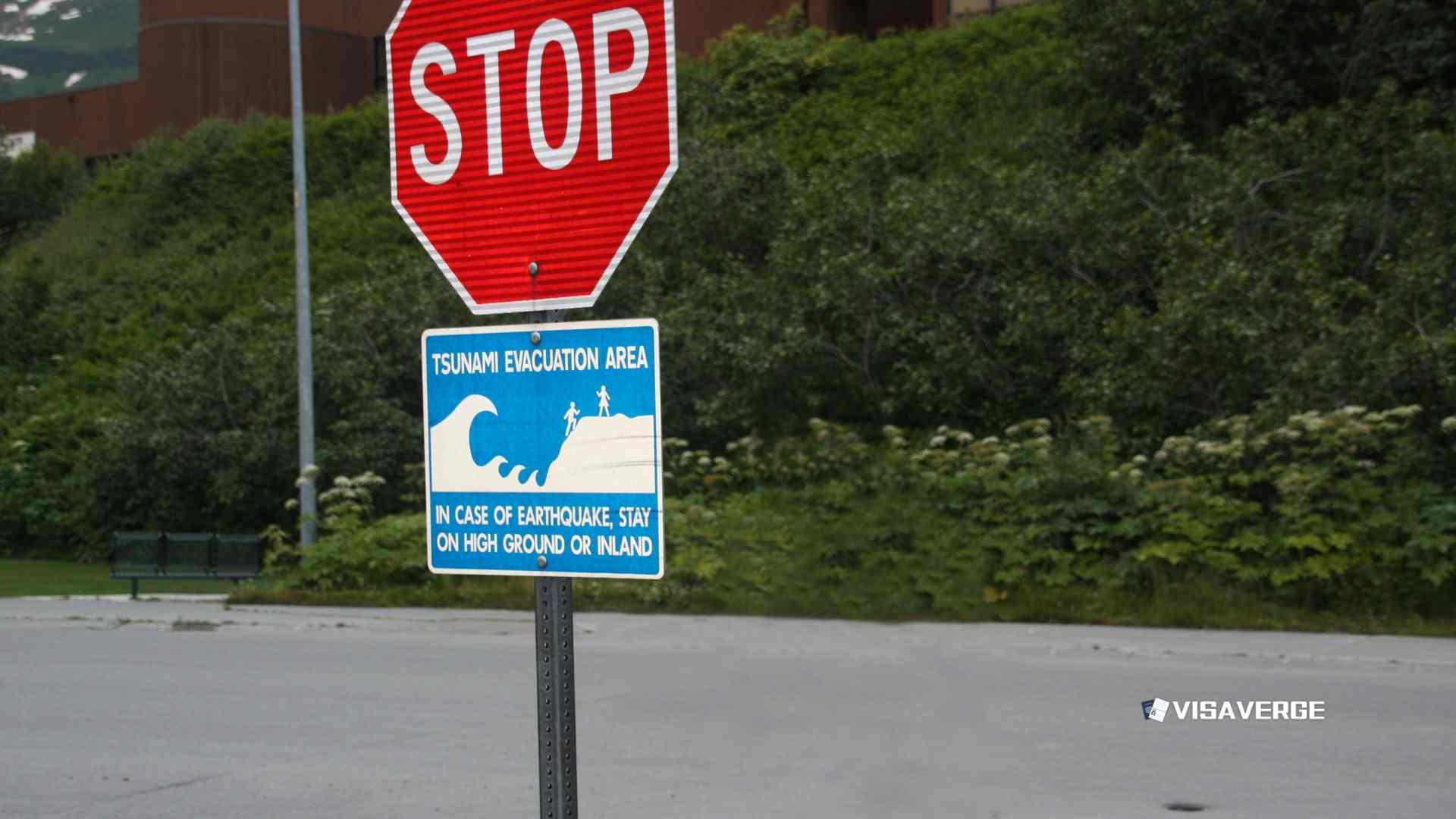More than 110 flights were delayed or canceled across Hawaii on July 29–30, 2025, after a powerful earthquake off Russia triggered a statewide Tsunami Warning. The event caused mass evacuations, airport closures, and left thousands of travelers stranded as authorities worked to keep people safe.
At about 1:30 p.m. local time on July 29, a magnitude 8.8 earthquake struck off Russia’s eastern coast. The Pacific Tsunami Warning Center quickly issued a Tsunami Warning for Hawaii, sounding sirens and sending emergency alerts to residents and visitors. People in coastal and low-lying areas were told to evacuate right away. The first tsunami activity reached Hawaii around 7:10 p.m., bringing minor flooding and big changes in ocean levels, especially on Oʻahu’s North Shore and in Hilo.

Airports across Hawaii—including Honolulu, Maui, Kona, and Lihue—suspended flights. Airlines like Alaska Airlines and Hawaiian Airlines canceled all Hawaii-bound flights, diverting planes already in the air. Both airlines offered flexible travel waivers, letting passengers change or cancel flights without penalty for July 29–30. Hilo and Kahului airports closed, and Honolulu International stopped outgoing flights Tuesday evening. As of July 30, flights are slowly returning to normal, but travelers should check their flight status before heading to the airport due to ongoing delays.
Hotels followed tsunami safety plans, moving guests from ground floors to higher levels or, in some cases, fully evacuating high-risk areas. The Maui Beach Hotel, for example, went door-to-door to alert guests and provided evacuation maps. Major roads and evacuation routes, including the military’s Kolekole Pass and Oprah Winfrey’s private road on Maui, were opened to help people move inland. The U.S. Coast Guard closed all commercial ports, and ships were ordered to leave or secure themselves.
Cruise ships also changed plans. Norwegian Cruise Line’s Pride of America and Oceania’s Regatta left Hawaii ports early, and some passengers missed reboarding. Cruise lines are working with local officials to help these travelers reconnect with their ships and adjust future stops.
Magnitude 8.8 earthquake struck off Russia’s eastern coast
Tsunami Warning issued for Hawaii
First tsunami activity reached Hawaii
Flights slowly returning to normal
Travelers advised to check flight status
Governor Josh Green led public communications, urging people to evacuate and later thanking everyone for their cooperation. The Pacific Tsunami Warning Center and National Weather Service provided real-time updates. Airline representatives stressed safety and the importance of checking flight status, while emergency management teams coordinated evacuations and port closures.
This event showed Hawaii’s strong emergency alert and evacuation systems, but also revealed challenges. Many travelers were left without shelter, and airline call centers were overwhelmed, with wait times up to three hours. Hotels generally moved guests to higher floors, but some areas needed full evacuations.
Travelers should check flight status with airlines like Alaska Airlines and Hawaiian Airlines, and monitor updates from the Pacific Tsunami Warning Center. Residents and visitors should follow local emergency instructions and only return to evacuated areas after the all-clear.
As reported by VisaVerge.com, experts praised the quick response but called for better shelter options for displaced visitors. Airlines and cruise operators are expected to review emergency plans, and state officials will conduct a formal review to improve future responses.
Learn Today
Tsunami Warning → An alert issued to warn coastal areas of potential large ocean waves caused by earthquakes.
Evacuation → The organized removal of people from dangerous areas to safer locations during emergencies.
Flight Waiver → Permission allowing travelers to change or cancel flights without penalties due to disruptions.
Pacific Tsunami Warning Center → A U.S. agency monitoring seismic activity to provide tsunami alerts and safety information.
Magnitude → A numeric scale measuring the energy released by an earthquake, indicating its severity.
This Article in a Nutshell
A massive 8.8 earthquake off Russia caused Hawaii’s Tsunami Warning on July 29, disrupting flights and evacuating thousands. Airlines canceled flights with waivers, ports shut down, and hotels moved guests to safety. The event highlighted Hawaii’s strong emergency systems but exposed gaps in shelter and communication for displaced travelers.
— By VisaVerge.com













